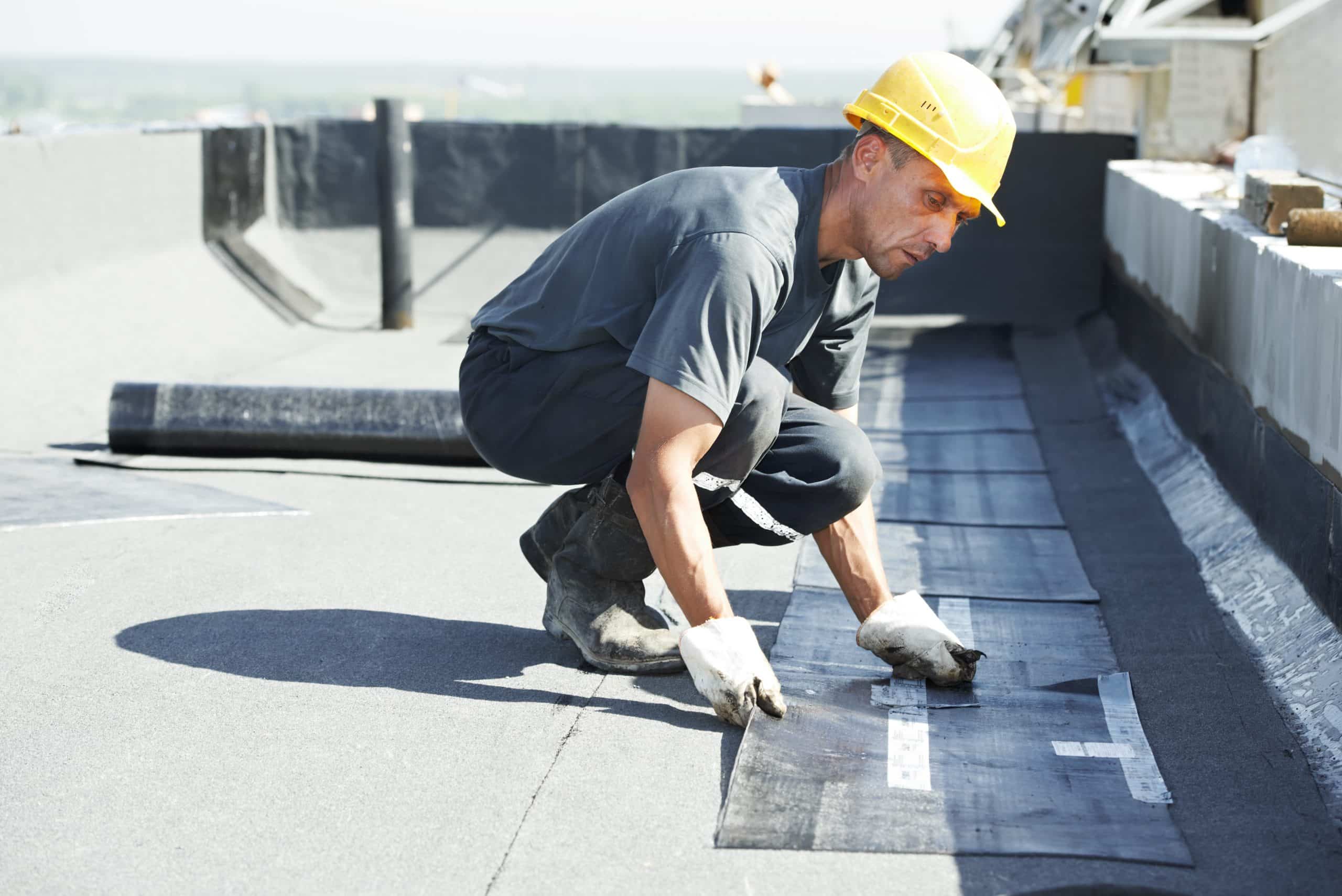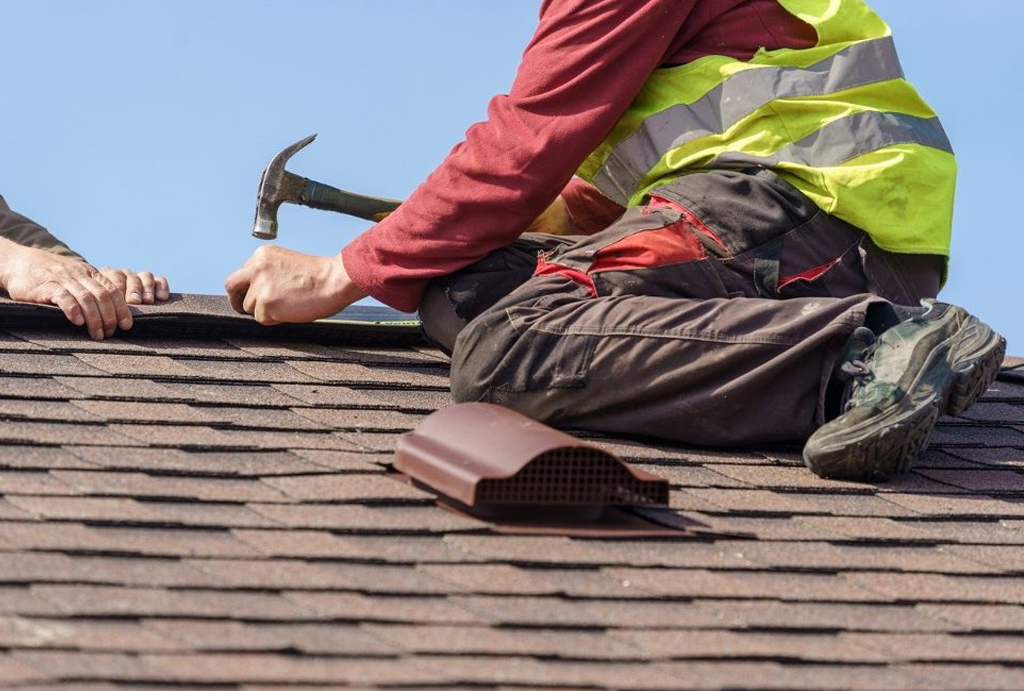Roofing Oahu: Quality Solutions for Durable Roofs in Oahu
Roofing Oahu: Quality Solutions for Durable Roofs in Oahu
Blog Article
Comprehending the Different Types of Roofs: A Comprehensive Overview for Homeowners
In the realm of homeownership, picking the appropriate roof covering design is a decision that carries considerable ramifications for both capability and aesthetic appeal. With a selection of options-- ranging from the typical gable to the modern level-- each kind provides distinct advantages and obstacles that must straighten with the homeowner's environmental considerations and details needs. Comprehending these differences not just aids in making an educated selection yet likewise affects long-lasting upkeep and energy performance. As we explore the ins and outs of various roof types, it ends up being obvious that dimension does not fit all; the appropriate selection might stun you.
Saddleback Roof
Gable roofs, defined by their triangular shape, are among one of the most prominent roofing styles because of their simpleness and effectiveness in losing water and snow. This layout features two sloping sides that meet at a ridge, allowing for reliable water drainage and lessening the threat of water build-up. The high pitch commonly related to gable roofs enhances their ability to manage heavy precipitation, making them suitable for numerous environments.
In enhancement to their practical benefits, saddleback roofs use visual adaptability. They can be adjusted to numerous building designs, from conventional to modern homes. The style can also accommodate additional features such as dormer home windows, which boost natural light and air flow in the attic area.
In addition, gable roofings supply enough space for insulation, adding to energy efficiency. Homeowners can select from a range of roofing products, including asphalt roof shingles, steel, and ceramic tiles, further boosting modification options.
Regardless of their advantages, gable roofings may call for added support in areas prone to high winds or heavy snowfall. Overall, the saddleback roof remains a favored option because of its mix of capability, longevity, and aesthetic appeal.
Flat Roofs
Level roofs are often identified for their minimal style and useful applications, especially in industrial and industrial settings (oahu roofing). These roofings feature a straight or nearly straight surface area, which permits simple construction and flexible room use. While they might lack the aesthetic allure of pitched roofings, flat roofings use various benefits, especially in metropolitan settings where optimizing space is vital
Among the main benefits of flat roof coverings is their accessibility. Property owners can utilize the roofing room for different objectives, such as rooftop gardens, terraces, or photovoltaic panel installations. Additionally, flat roofing systems are typically extra affordable to preserve and set up contrasted to their sloped equivalents, as they call for fewer materials and labor.
Nonetheless, level roofs do existing specific difficulties. Appropriate water drainage is vital to avoid water pooling, which can result in leakages and structural damage. Therefore, choosing top quality waterproofing materials and normal examinations are critical for making certain durability. Typical materials utilized for flat roofs include built-up roofing (BUR), customized bitumen, and single-ply membrane layers, each offering distinct advantages. On the whole, flat roofings work as a useful and versatile selection for several home owners and services alike.
Hip Roofs
Hip roofing systems are identified by their sloped sides that converge on top, developing a ridge. This style is unique from gable roof coverings, as all 4 sides of a hip roofing slope downwards toward the walls, giving a more secure structure. The angle of the slopes can differ, permitting convenience in architectural looks and capability.
Among the key benefits of hip roofings is their capacity to withstand hefty winds and negative climate conditions. The sloped surfaces make it possible for much better water drain, decreasing the danger of leaks and water damage. Furthermore, hip roof coverings offer increased attic room space, which can be utilized for storage space or perhaps transformed right into habitable locations.
However, building a hip roofing can be much more intricate and costly than less complex roof covering types, such as saddleback roofs. The added product and labor associated with producing the inclines and making certain correct architectural honesty can lead to greater expenses. Despite these downsides, many homeowners favor hip roofings for their resilience, visual charm, and possibility for power performance.
Mansard Roofings
Mansard roofing systems, usually acknowledged by their unique four-sided websites layout, function two inclines on each side, with the lower slope being steeper than the top. This architectural style, stemming from France in the 17th century, is not just cosmetically attractive yet useful, as it maximizes the functional space in the upper floorings of a building. The high reduced incline enables more headroom, making it an excellent choice for lofts or attics, which can be exchanged living spaces.
Mansard roof coverings are identified by their convenience, fitting numerous building designs, from conventional to modern. They can be constructed with different materials, consisting of asphalt tiles, slate, or steel, providing house owners with a variety of options to fit their preferences and budget plans. Furthermore, the design permits the integration of dormer home windows, boosting all-natural light and air flow in the top levels.
However, it is vital to consider the potential drawbacks. Mansard roof coverings might call for more maintenance because of the intricacy of their layout, and their steep inclines can be testing for snow and rainfall drainage. In general, mansard roofing systems integrate beauty with practicality, making them a preferred option amongst house owners seeking distinctive building attributes.
Shed Roofs
As property owners significantly seek simpleness and capability in their building layouts, shed roofs have actually become a preferred option. Defined by a solitary sloping plane, a shed roof provides a minimalist visual that complements numerous home styles, from contemporary to rustic.
Among the primary benefits of a shed roof covering is its simple construction, which often converts to decrease labor and product costs. This design permits efficient water drainage, minimizing the risk of leaks and water damage. In addition, the vertical slope provides adequate space for skylights, boosting all-natural light within the interior.
Shed roofings additionally use flexibility in terms of use. They can be efficiently integrated into additions, garages, or outdoor structures like sheds and structures. Moreover, this roofing system design can accommodate various roof covering materials, consisting of metal, asphalt shingles, or also green roofs, straightening with green initiatives.
Nonetheless, it is important to consider regional climate conditions, as hefty snow tons might require adjustments to the roofing's angle or structure. Overall, shed roofings provide a practical and aesthetically pleasing option for house owners aiming to make best use of functionality without compromising style.
Conclusion


Gable roofs, defined by their triangular form, are amongst the most popular roof styles due to their simplicity and efficiency in losing water and snow. oahu roofing. The steep pitch commonly linked with gable roofing systems improves their capability to take care of heavy precipitation, making them appropriate for numerous environments
While they might do not have the aesthetic appeal his explanation of pitched roofs, flat roofing systems use numerous benefits, especially in city atmospheres where maximizing area is vital.

Report this page